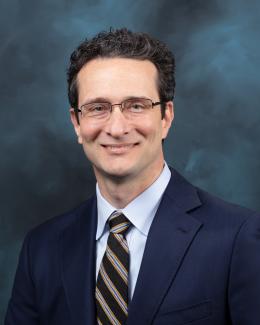In collaboration with the Department of Veterans Affairs, a team at Oak Ridge National Laboratory has expanded a VA-developed predictive computing model to identify veterans at risk of suicide and sped it up to run 300 times faster, a gain that could profoundly affect the VA’s ability to reach susceptible veterans quickly. The model, called the medication possession ratio algorithm, creates individualized summaries of veterans’ medication patterns. It helps clinicians pinpoint veterans with inconsistent medication usage who may have a higher risk of attempting suicide. With the accelerated model, “we can observe and reach a much larger population that’s potentially at risk—and look at even more risk factors,” ORNL’s Edmon Begoli said. The sped-up version of the model can assess the behavior patterns of nine million veterans in only 15 minutes. “The potential to provide far greater predictive services is there,” he added.







